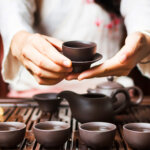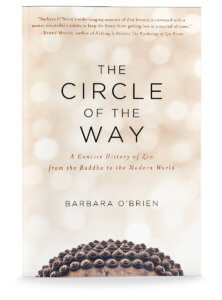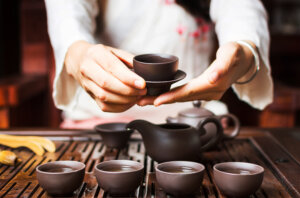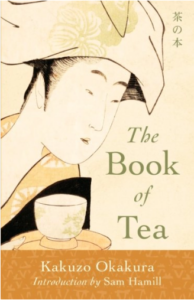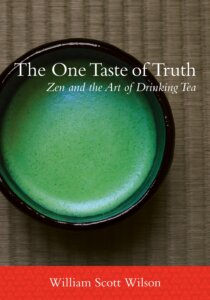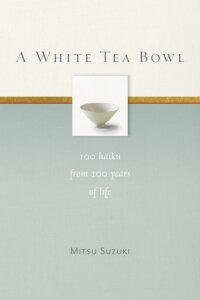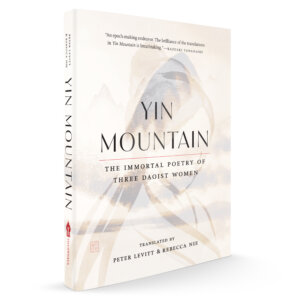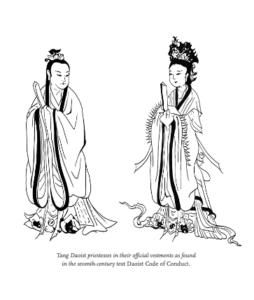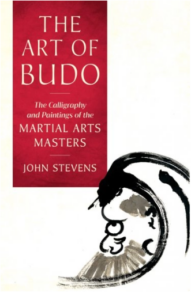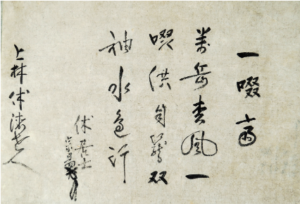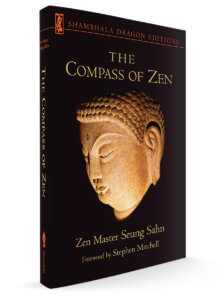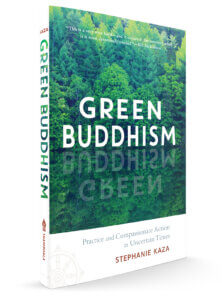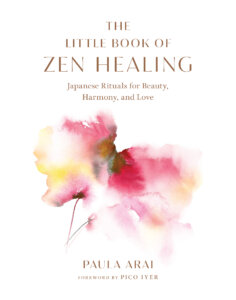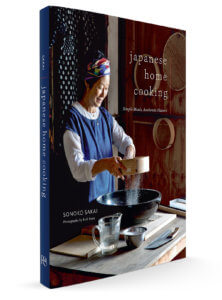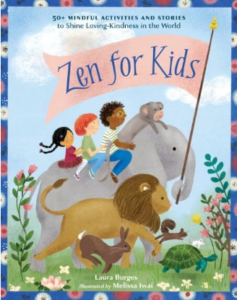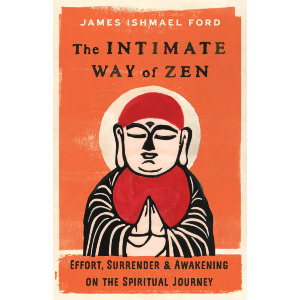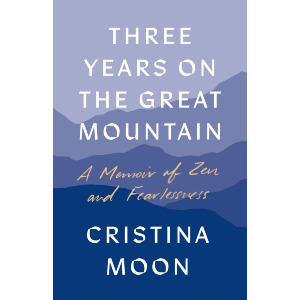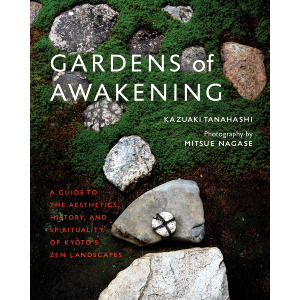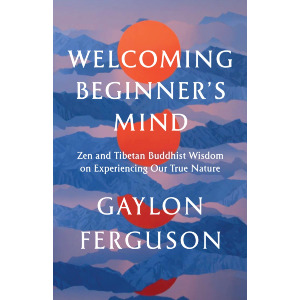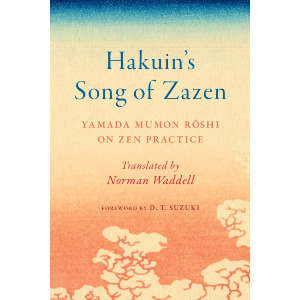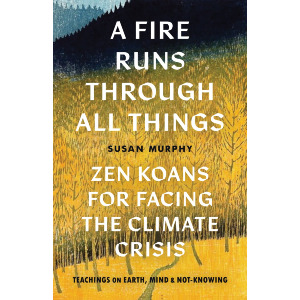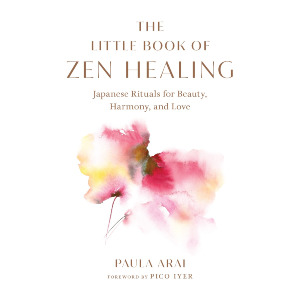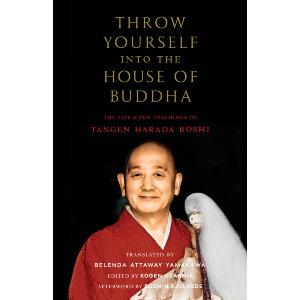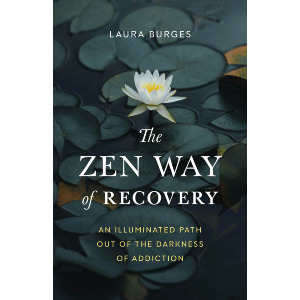The verses evoke a tranquil state where there is no sense of separation between humans and nature. One feels that the universe itself is being sipped and savored. The brushwork is extraordinarily supple and perfectly composed and placed. The rhythmic calligraphy is clear and bright, calm and settled.
The Kanbayashi family is one of the major tea growers and merchants in Uji. The Kanbayashi Shunsho Honten tea business was established in the 1560s. Rikyu had close ties to this family. He regularly ordered matcha tea from the store, and several members of the family were among Rikyu’s senior disciples. One of Rikyu’s daughters married into the Kanbayashi family, whose archives contain a number of letters from Rikyu concerning orders for tea, delivery receipts, and as in this case, replies to questions pertaining to the true nature of tea. This letter is Rikyu’s response to Kanbayashi Kyukai’s request for a statement on the essence of the tea ceremony. One of the most well-known anecdotes in tea circles tells of when Rikyu and a few disciples were hosted by Kanbayashi Chiku-an in Uji. Flustered by his master’s presence, Chiku-an made several clumsy mistakes and flubbed the ceremony. Nonetheless, Rikyu complimented Chiku-an on his fine performance: “No one could have done it better.” On the way back to Kyoto, Rikyu’s puzzled disciples asked how he could praise such a sloppy execution of the ceremony. Rikyu replied, “Heartfelt sincerity trumps technique.”

